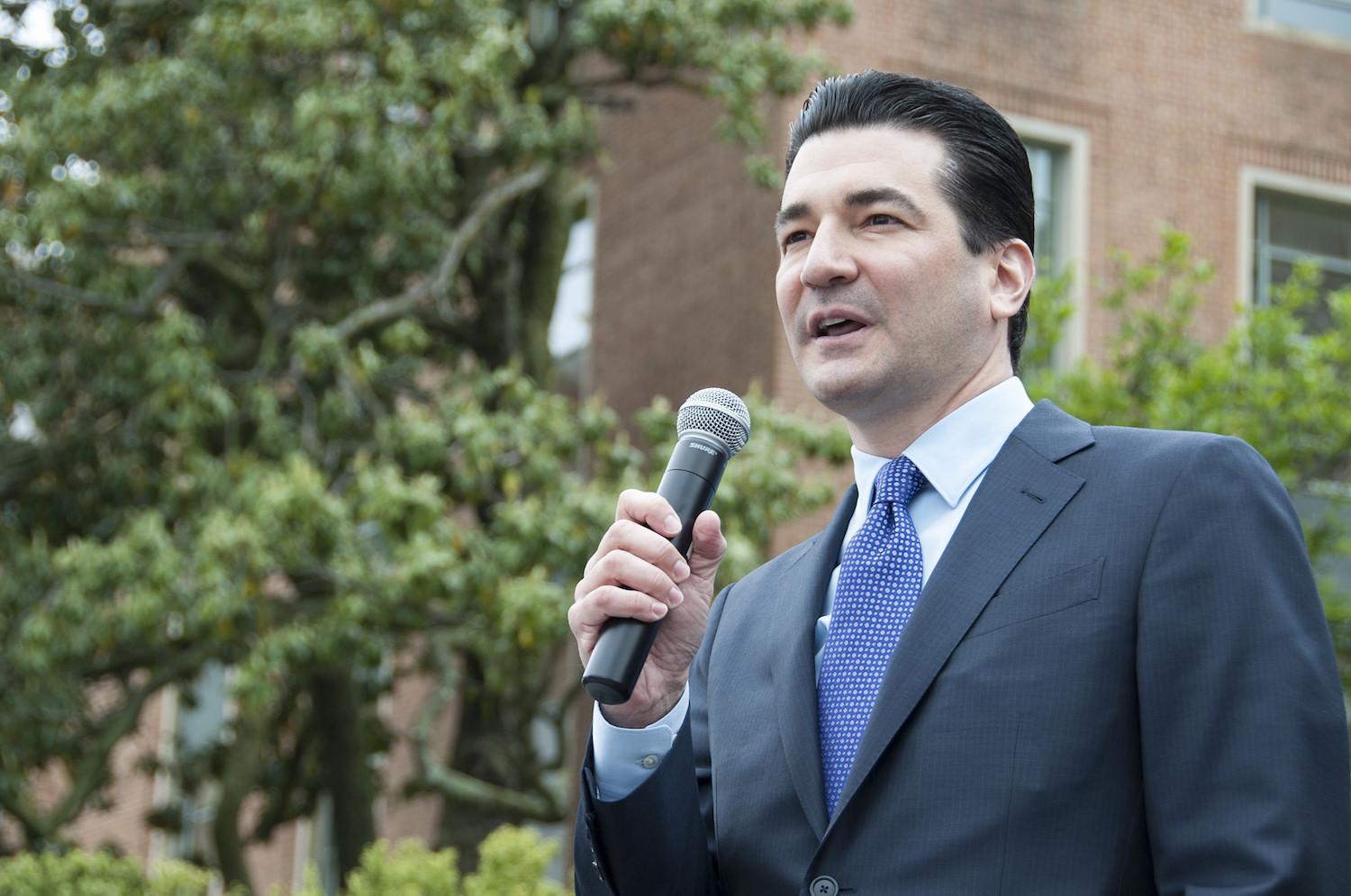And in case you’re wondering, pasta is a vegetable now.
On Friday, the Trump administration announced new school lunch rules that significantly weaken the nutritional reforms championed by former First Lady Michelle Obama. The changes were made public on her birthday, a scheduling decision Trump administration officials have insisted was purely coincidental.
The new rules would reduce the amount of fruit schools are required to offer students for breakfast from one cup to a half cup. They would also allow schools more “flexibility” in the vegetables they choose to serve. Under the proposed rules, cafeterias would still be required to offer students five cups of vegetables per week, but that calculation could now include up to three and a half cups of white potatoes, whereas in the past that maxed out at two cups. The new rules would also allow schools to classify pastas made with vegetable flour as vegetables.
The changes were met, predictably, with outrage from public health groups and Democrats. “The proposed rule shows an appalling disregard for families across the country who are counting on the government to act in the best interest of their children,” said Sarah Reinhardt of the Union of Concerned Scientists in a press release. “Add it to the list affirming that the cruelty is the point with this White House,” tweeted Democratic House Representative Ayanna Pressley.
These rules were introduced as a response to complaints from school administrators that the stricter standards made lunches less delicious, more expensive, and contributed to food waste.
The School Nutrition Association (SNA), which represents school administrators and has supported similar changes in the past, did not respond to request for comment by press time.
This is the second set of Trump administration rules that weaken the Obama administration’s nutritional standards for school lunches. The first set, which went into effect in February of 2019, relaxed sodium limits, allowed schools to serve more refined grains, and re-introduced flavored low-fat milk. When these rules were introduced, they were poised as a response to complaints from school administrators that the stricter standards made lunches less delicious, more expensive, and contributed to food waste. Perhaps not coincidentally, USDA was also facing pressure from food industry groups to loosen restrictions. Bloomberg published a fascinating account of the intertwined relationships between food manufacturers, the influential SNA, and USDA last year.
Back in 2010, Congress passed the Healthy, Hunger-Free Kids Act, which led to a set of nutritional standards that would apply to meals served in public schools. These standards encouraged schools to serve more fruits and vegetables, whole grains, and fat-free and low-fat milk. They also made strides toward curbing sodium, saturated fat, and trans fats. To defray extra costs associated with these new standards, the government began reimbursing schools which met these standards at a rate of six cents per meal.
Overall, according to the agency’s own data, these reforms have worked pretty well. As I reported back in May, the nutritional quality of school lunches increased by 41 percent between 2009 and 2015. Consumption of sodium, refined grains, and empty calories decreased. Kids started eating more greens and beans. The amount of food wasted in the cafeteria didn’t change much. The proposed rule is scheduled to be published on January 23 and will be open for public comment for 60 days.







